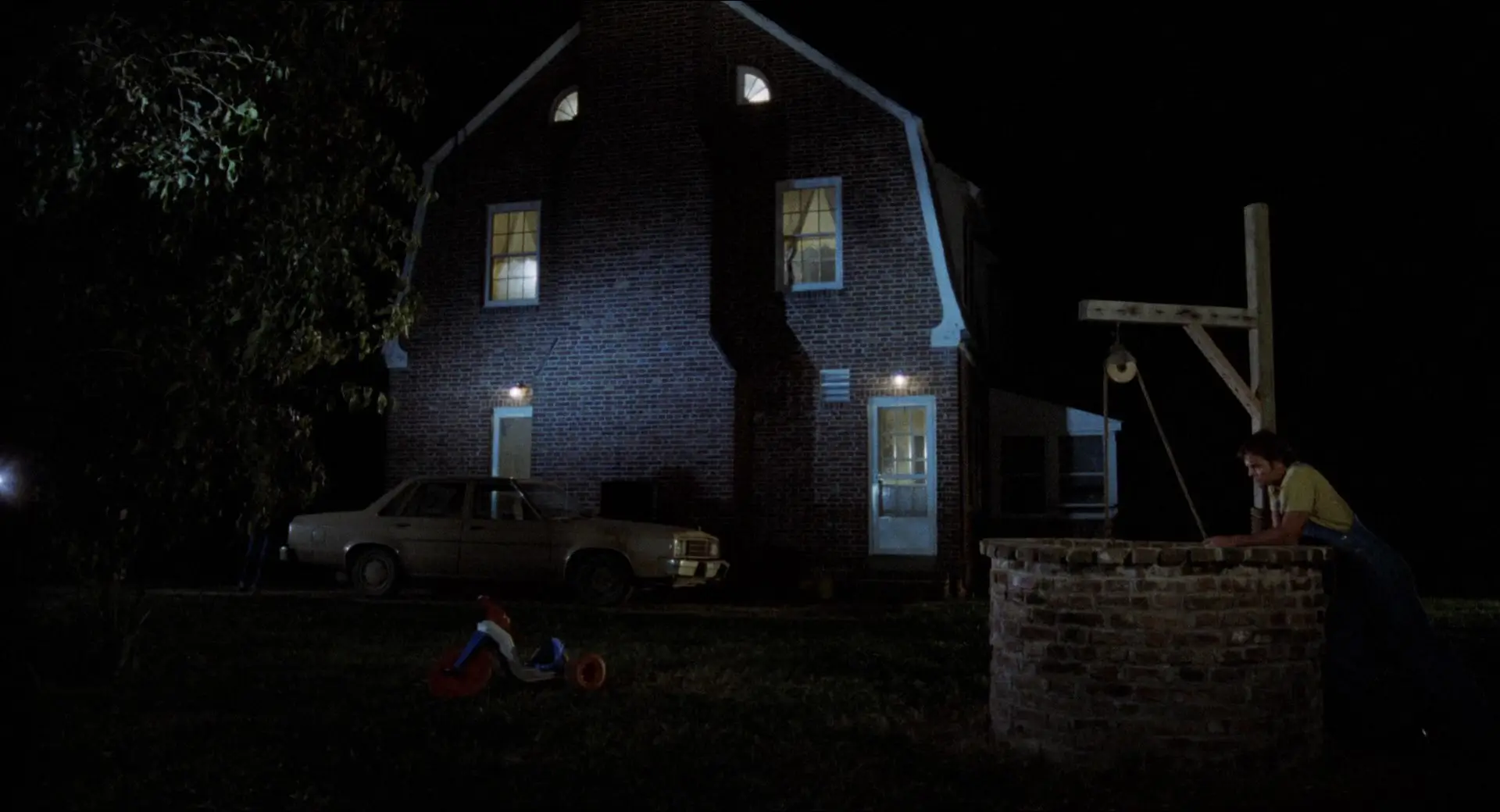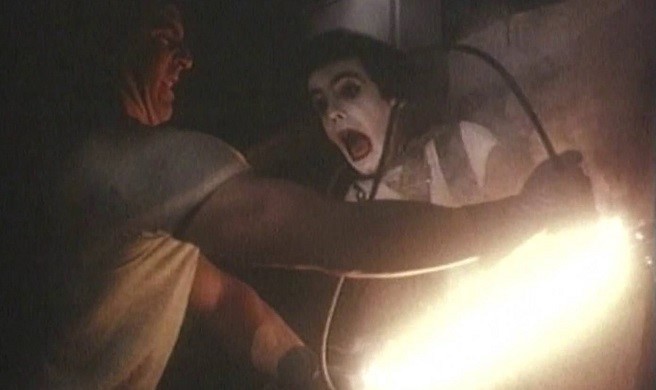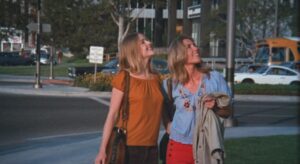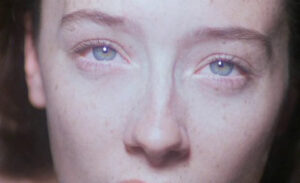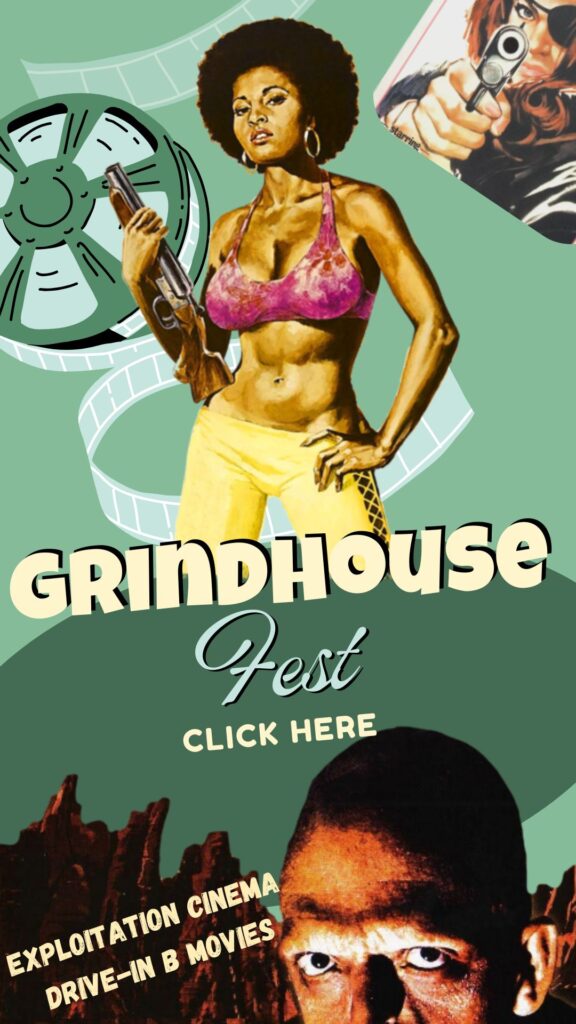![]()
The Boogey Man (1980) Directed by Ulli Lommel
I would be grossly lying if I said that I merely liked this grisly chiller, because I’m sure I not only adored it more than I expected, but I was awestruck by the cockamamie ingenuity with which this eclectic, genre-bending horror reimagines seemingly exhausted clichés. This not only proves the untapped potential of an already established praxis, but also refutes its condition as “exhausted”. Ulli Lommel’s The Boogey Man nourishes the popular rhetoric of the horror genre as well as the clichéd trends of 70’s and early 80’s cinema, unlocking limitless possibilities to turn its apparent exhaustion into inexhaustible renewable universal laws of horror cinema, i.e. integral genre components. Or at least that’s how German filmmaker Ulli Lommel puts it in theory and practice with this damned Video Nasty that is so bonkers, so bizarre, so wild that it’s hard to fathom the fact that it functions so damn smoothly.
The shape-shifting screenplay is straight-up adrenaline-pumping horror that progresses in a crescendo storytelling without you having the slightest idea what’s coming next. The foolproof gimmick is that The Boogey Man approaches all of its inspirations not as conventional imitations, let alone outright knockoffs, but as paraphrased styles. The story initiates with mundane exploitation and finishes with out-of-this-world exploitation, but to render both beginning and ending so grippingly visceral and gut-punching, it first sets the record straight that this horror yarn is about childhood traumas becoming sullenly present in adulthood; everything else is neatly assembled around this framework. Siblings Willy (Nicholas Love) and Lacey (Suzanna Love), two fatherless children, are abused by their alcoholic mother and her sleazy partner. During one sinister night, the two siblings witness their mother’s salacious romps with her partner. Both are caught by their mother. Willy is punished by being gagged and tied to a bed by the nefarious man while their careless mother gets hammered with a bottle of spirits. Willy and Lacey’s innocence has already been tainted, but the complete loss of innocence occurs when Willy in an abrupt but determined reaction stabs his mother’s partner with a kitchen knife while they were having sex. This is just the introduction, and it is a stupendously dark one. Then the years pass and we see the two siblings as young adults now living on their aunt and uncle’s farm. Lacey is married and has a son, and Willy, unable to speak since the tragedy he suffered as a child.
The film delivers pathos as understatedly as a psychological drama, but beware, don’t let its perceptive cheesiness and dramatics lull you into thinking the story will take an introspective and poignant turn. What comes next is a supernatural nonsense so delectable that watching it in motion is an ineffable exhilarating experience. Picture this: the demonic possession, exorcism, haunted house genre being processed as a freaky slasher. That’s what this movie is all about.
Without any trace of pretentiousness, Ulli Lommel’s The Boogey Man manages to appropriate the style of genre classics like Halloween, The Exorcist and the not-so-classic The Amityville Horror, and with that stylish variety pushes the parapsychological realms of the storyline to unhinged extremes. It’s as if The Boogey Man acts as a filler for those aforementioned flicks. By this I mean that it showcases, exploits and amplifies what those films left in the background. All the preternatural madness that transpires in this film, serves as the antonym of the ellipsis, dismissed scenarios that we never encountered in those undisputed horror classics; here they come out in the open. For instance, The Boogey Man constantly makes formal and narrative evocations of the remarkable opening of John Carpenter’s magnum opus. However, Halloween depicts Little Michael Myers as an evil being without murderous motives, which is fine, as that makes Halloween so eerily suspenseful, but Lommel’s film sees an opportunity in exploring beyond the simple evil orientation. When Willy murders his mother’s partner he has reasons, his homicidal urges have a driving force, which stems from the domestic abuse he has been experiencing.
Lommel’s filmmaking finds an opportunity in exploiting that elliptical feature found in Carpenter’s film. Another illustration of how well this film employs its inspirations is in the otherworldly handling of such an exploitative and squalid canvas as that of the slasher genre. But it doesn’t stick to the supernatural; the emphasis on trauma – emotionally powerful and convincing through Suzanna Love’s thunderous performance – recalls the idiosyncrasies of William Friedkin’s film, turning diabolical phenomena into a metaphor for childhood woes, as in the case of Linda Blair’s Regan. Nevertheless, as commendable as The Boogey Man’s repurposed methodology is, its status as a horror film is far from iconic, nor does it have the classic recognition that these two major cinematic masterpieces certainly do. But what about The Amityville Horror? Because not only do I think this movie is vastly superior, but I believe it fixes all the flaws embedded in that atmospheric but vacuous infamous haunted house flick. The Boogey Man is everything The Amityville Horror wished it had been, or rather, to put it more eloquently and bluntly, it is everything it never showed. The malevolent phantom – who is supposed to be the ghost of the man Willy killed as a child – that haunts the two siblings is dangerously homicidal, kills and enjoys it, is downright mean and more devilish than any corner of the dreaded Amityville house. And if that were not enough, add the broken mirror superstition, macabre object by which the ghost enters in touch with the material realm. And to that throw in more and more insanity because the finale of the film is stark, unadulterated supernatural bloodshed at its most senselessly hysterical.
Thoughtful exploitation at times and goofy exploitation at other stretches, but they are interchangeable in an intoxicating, evenly paced entertainment that happens to have as much gore as it does creativity. I don’t know if the latter has anything to do with the Pop Art influence that Andy Warhol left on Ulli Lommel during his creative collaboration at The Factory. Be that as it may, Lommel proves that anything is doable when you flirt artfully with the clichéd tenets of the genre, and reveals that exploitation is sometimes so functional that one wonders why the heck it is so feared as a method of filmmaking? The Boogey Man is everything a derivative shocker should aspire to be.
